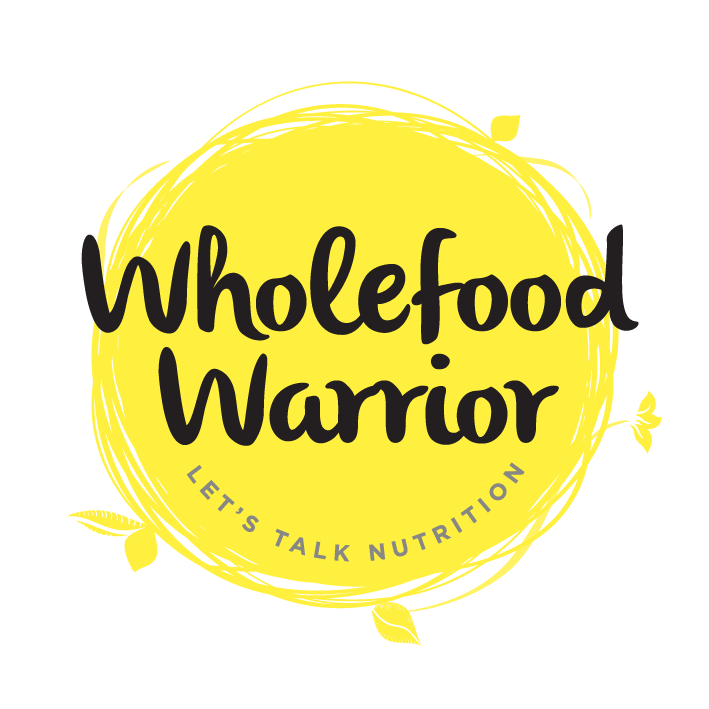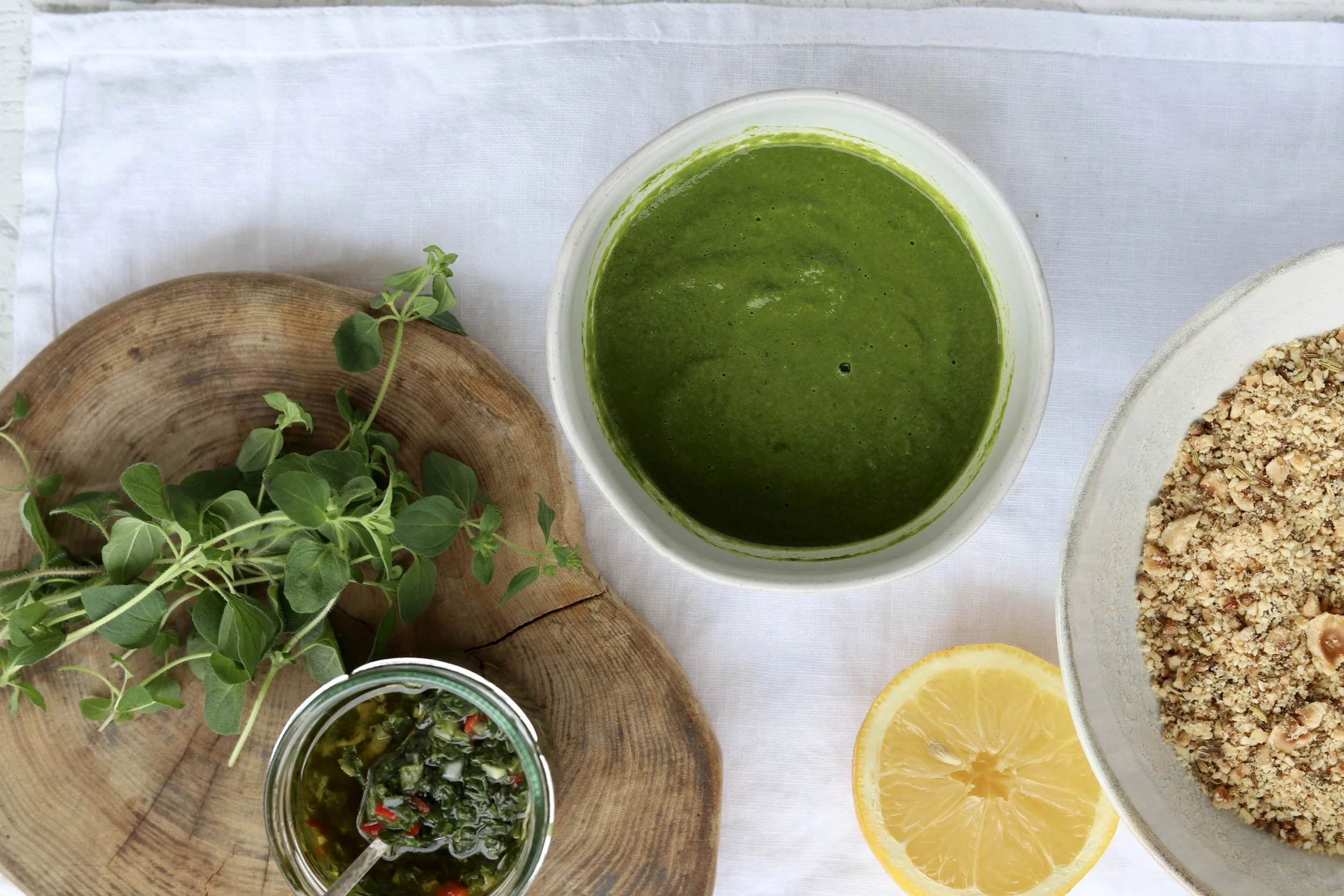Whenever I feel below par, these antioxidant shots are the first thing I reach for.
Over the years, many of my nutrition clients also benefitted from (maybe “suffered” if we consider the flavour) these golden turmeric and ginger antioxidant boosters, all with a good outcome.
Here is the lowdown on antioxidants:
We have a steady supply of antioxidants inside every cell of the body.
These antioxidants are there to counteract anything that may be looking to damage our cells. This is fairly normal by the way, even the act of making energy from sugar creates unwanted “attackers” that are quickly neutralised by antioxidants.
Sometimes, however, our supply of antioxidants runs low, leaving us feeling below par.
The vast majority of our antioxidants come from food, especially from fruits and vegetables but every now and then a shortcut or additional top up doesn’t go amiss.
That’s where these turmeric and ginger antioxidant shots come in handy.
The intel on the turmeric and ginger shots:
Turmeric and ginger both contain a heap of potent antioxidants.
Sadly, they are pretty hard for us to absorb by themselves, especially curcumin, the active ingredient in turmeric.
The good news is, I appraised the scientific evidence (read I did some epic nerding) to ensure the antioxidants present are as absorbable as possible.
There were two key findings:
1. The active ingredients in turmeric are fat soluble, hence the base of coconut milk.
2. Turmeric benefits from a little bit of extra help to be absorbed.
For this reason, you may have heard of the combination of turmeric and black pepper in supplements.
I’m not a fan of that combination. A little bit more on that here.
Luckily, quercetin, an antioxidant found in citrus zest is a great alternative that can similarly improve the absorption of turmeric. In addition, citrus zest contributes even more antioxidants in the form of citrus polyphenols. Just make sure that lemon is 100% organic and unwaxed, for obvious reasons.
Onto the recipe.
The ingredients are listed below but here are a few notes and storage options:
Turmeric root - larger supermarkets, especially Sainsbury’s and Waitrose tend to stock the root itself. It’s generally hidden next to ginger or fresh herbs.
Alternatively, check your local Middle Eastern or Asian store or order it online.
The recipe can still be made with turmeric powder, but it’s better with fresh root turmeric.
Turmeric powder tends to lose its antioxidant content over time. This is worth considering if you’ve left that jar of turmeric powder in your spice cupboard for years.
All in all, fresh turmeric root has a bit more going for it and has a milder (nicer) taste.
Ginger root - it’s pretty standard stuff. You get awarded extra points if you manage to get hold of organic ginger root because organic ingredients tend to have more antioxidants.
Coconut milk - this one is a biggie. Most tinned coconut milk contains a long list of unnecessary ingredients that extend to emulsifiers, thickeners and gums. Needless to say, these are not ideal but the good news is pure coconut and water-only coconut milks do exist.
Aim for one that does only contain coconut and water.
Clearspring and Biona are both brilliant options.
Lemon zest - as I mentioned before, please use organic, unwaxed lemon. Lemons, and other citrus fruit, for that matter, are usually coated with both synthetic wax and a couple of different antifungal agents. The latter are known carcinogens.
Storage:
Owing to how messy making these antioxidant shots is, my recommendation would be to make a larger batch and freeze it.
I tend to freeze them in a silicone ice cube tray and pop a couple of ice cubes every now and then.
Occasionally, I’ll defrost them by adding a little bit of hot water to the ice cubes.





